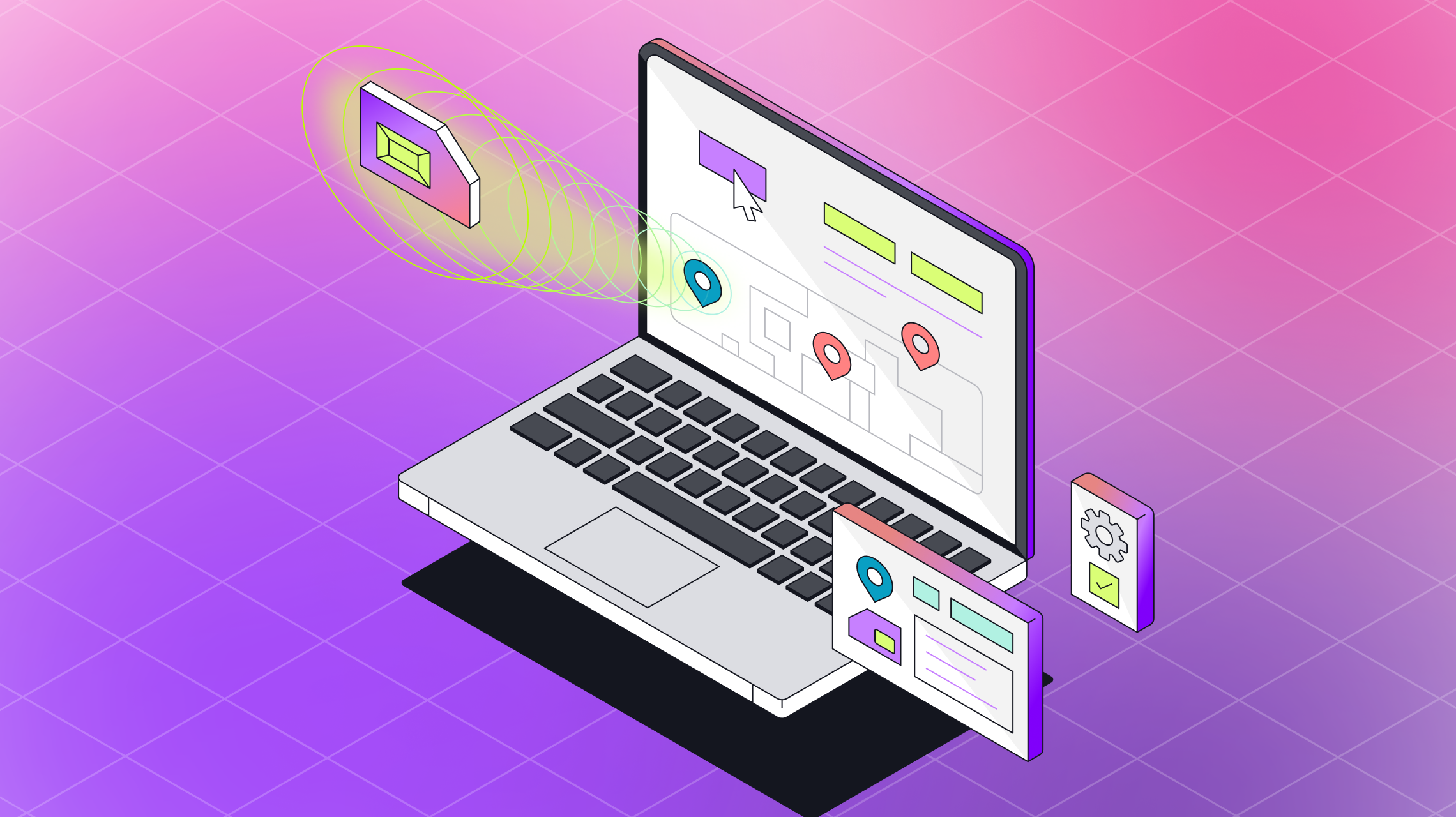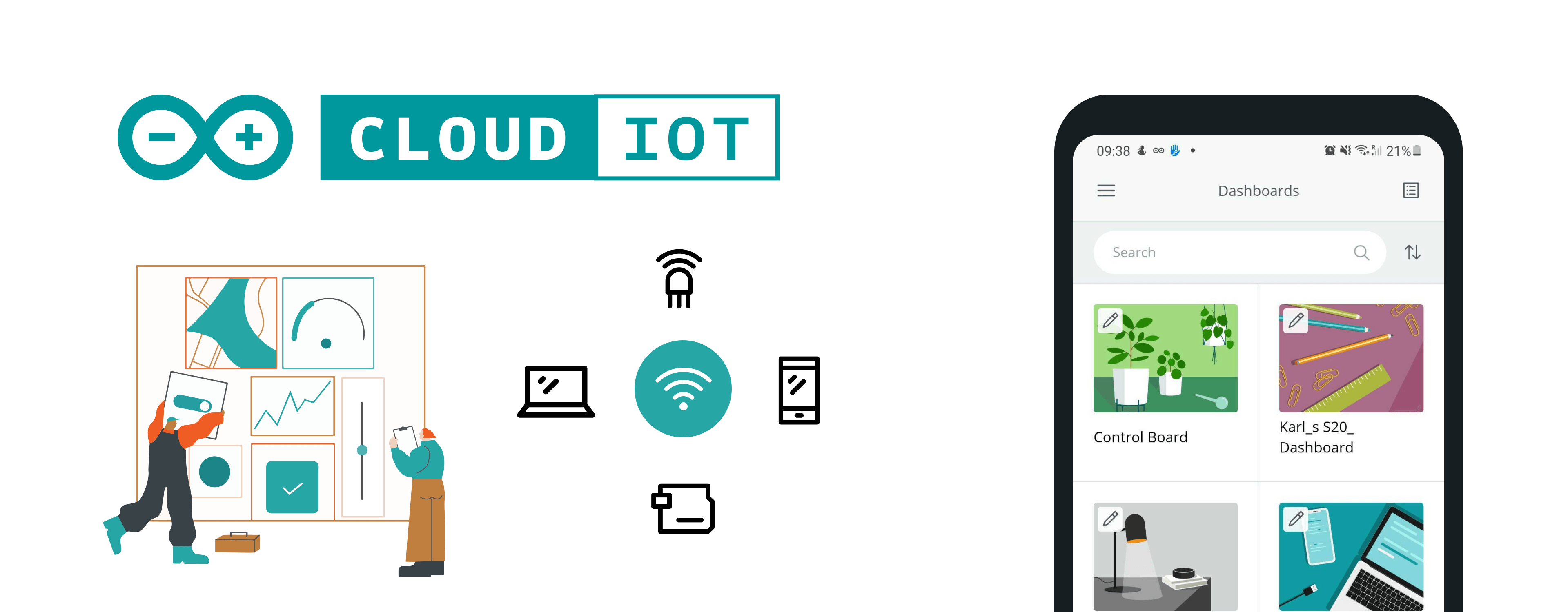Remote Manage IoT Behind Firewall Free Android: A Comprehensive Guide
Detail Author:
- Name : Ellen Hintz PhD
- Username : lemke.alvis
- Email : rkohler@ward.com
- Birthdate : 1984-01-11
- Address : 20445 Rau Pass Apt. 028 Mariomouth, DC 38436
- Phone : 1-331-688-2409
- Company : Walsh, Volkman and Walter
- Job : Sales Representative
- Bio : Commodi enim vel saepe dolores exercitationem id qui. Ex qui sint ipsam modi. Perferendis qui eum aliquam sed rerum.
Socials
facebook:
- url : https://facebook.com/ken_dev
- username : ken_dev
- bio : Alias quo officiis sunt voluptas quo inventore dolorem.
- followers : 602
- following : 1752
linkedin:
- url : https://linkedin.com/in/ken5349
- username : ken5349
- bio : Aut et a vitae ut culpa eveniet.
- followers : 3877
- following : 38
instagram:
- url : https://instagram.com/ken_jast
- username : ken_jast
- bio : Et voluptas possimus beatae. Blanditiis quis nihil perspiciatis non.
- followers : 2745
- following : 2149
twitter:
- url : https://twitter.com/ken2384
- username : ken2384
- bio : In et aliquam quia tenetur omnis vel qui accusamus. Velit vero consequatur sint hic deleniti libero et. Praesentium quos quo a culpa.
- followers : 1364
- following : 25
Table of Contents
- Introduction
- Understanding IoT and Remote Management
- Challenges of Managing IoT Devices Behind Firewalls
- Free Android Tools for Remote IoT Management
- Step-by-Step Guide to Setting Up Remote IoT Management
- Best Practices for Secure IoT Remote Management
- Comparison of Free Android Tools
- Real-World Use Cases of Remote IoT Management
- Troubleshooting Common Issues
- Conclusion
Introduction
Remote managing IoT devices behind firewalls is a growing need for businesses and individuals alike. With the rise of smart devices and IoT ecosystems, the ability to control and monitor these devices remotely has become essential. However, managing IoT devices behind firewalls presents unique challenges, especially when it comes to ensuring seamless connectivity and security. In this article, we will explore how you can remotely manage IoT devices behind firewalls using free Android tools.
The Internet of Things (IoT) has revolutionized the way we interact with technology. From smart homes to industrial automation, IoT devices are everywhere. But with great connectivity comes great responsibility. Ensuring secure and reliable remote access to these devices is crucial, especially when they are behind firewalls. This is where free Android tools come into play, offering a cost-effective solution for remote IoT management.
In this comprehensive guide, we will delve into the intricacies of remote IoT management, explore the challenges posed by firewalls, and provide practical solutions using free Android tools. Whether you are a tech enthusiast, a business owner, or an IT professional, this article will equip you with the knowledge and tools you need to manage IoT devices effectively.
Understanding IoT and Remote Management
IoT, or the Internet of Things, refers to the network of interconnected devices that communicate and exchange data over the internet. These devices range from smart home appliances like thermostats and security cameras to industrial equipment and healthcare devices. The ability to remotely manage these devices is a key feature of IoT ecosystems.
Remote management involves controlling, monitoring, and maintaining IoT devices from a distance. This is particularly useful for businesses that rely on IoT devices for operations, as it allows them to troubleshoot issues, update firmware, and optimize performance without being physically present.
Why Remote Management Matters
Remote management is critical for several reasons:
- It reduces the need for on-site visits, saving time and resources.
- It enables real-time monitoring and quick response to issues.
- It enhances operational efficiency by allowing centralized control.
Challenges of Managing IoT Devices Behind Firewalls
Firewalls are essential for protecting networks from unauthorized access and cyber threats. However, they can also pose challenges for remote IoT management. Firewalls are designed to block incoming connections, which can make it difficult to establish a direct connection to IoT devices.
One of the main challenges is NAT (Network Address Translation), which hides the private IP addresses of devices behind a public IP. This makes it difficult to initiate a connection from the outside. Additionally, many IoT devices lack advanced networking capabilities, making it harder to configure them for remote access.
Security Concerns
While firewalls provide security, bypassing them for remote management can introduce vulnerabilities. It is essential to use secure methods and tools to ensure that remote access does not compromise the network or the devices.
Free Android Tools for Remote IoT Management
Android devices offer a versatile platform for remote IoT management. There are several free tools available that can help you manage IoT devices behind firewalls. These tools leverage technologies like port forwarding, VPNs, and cloud-based solutions to provide secure and reliable remote access.
Popular Free Android Tools
- TeamViewer: A widely used remote access tool that supports IoT device management.
- AnyDesk: Offers low-latency remote connections and is compatible with Android devices.
- ZeroTier: A virtual networking tool that creates secure peer-to-peer connections.
Step-by-Step Guide to Setting Up Remote IoT Management
Setting up remote IoT management involves several steps, from configuring the firewall to installing the necessary tools on your Android device. Below is a step-by-step guide to help you get started.
Step 1: Configure Port Forwarding
Port forwarding allows you to redirect incoming traffic to a specific device on your network. This is essential for establishing a connection to IoT devices behind firewalls.
Step 2: Install a Remote Access App
Download and install a free Android app like TeamViewer or AnyDesk on both your Android device and the IoT device you want to manage.
Step 3: Test the Connection
Once everything is set up, test the connection to ensure that you can access and control the IoT device remotely.
Best Practices for Secure IoT Remote Management
Security should always be a top priority when managing IoT devices remotely. Below are some best practices to ensure secure remote access:
- Use strong, unique passwords for all devices and accounts.
- Enable two-factor authentication (2FA) wherever possible.
- Regularly update firmware and software to patch vulnerabilities.
- Limit access to only trusted users and devices.
Comparison of Free Android Tools
Choosing the right tool for remote IoT management depends on your specific needs. Below is a comparison of some popular free Android tools:
| Tool | Key Features | Pros | Cons |
|---|---|---|---|
| TeamViewer | Remote access, file transfer, multi-platform support | Easy to use, reliable performance | Free version has limitations |
| AnyDesk | Low latency, secure connections | Fast and lightweight | Less feature-rich than TeamViewer |
| ZeroTier | Virtual networking, peer-to-peer connections | Highly secure, no need for port forwarding | Requires technical expertise to set up |
Real-World Use Cases of Remote IoT Management
Remote IoT management has numerous real-world applications. For example, in the healthcare industry, doctors can remotely monitor patients' vital signs using IoT devices. In agriculture, farmers can use IoT sensors to monitor soil conditions and automate irrigation systems.
Smart Homes
Smart home users can remotely control lighting, heating, and security systems using Android apps, even when their devices are behind firewalls.
Troubleshooting Common Issues
Despite careful setup, you may encounter issues with remote IoT management. Below are some common problems and their solutions:
- Connection Failures: Check your firewall settings and ensure that port forwarding is correctly configured.
- Slow Performance: Use a tool with low-latency connections, such as AnyDesk.
- Security Alerts: Ensure that your devices and apps are updated with the latest security patches.
Conclusion
Remote managing IoT devices behind firewalls is a challenging yet achievable task with the right tools and strategies. Free Android tools like TeamViewer, AnyDesk, and ZeroTier offer practical solutions for secure and efficient remote IoT management. By following the steps and best practices outlined in this article, you can ensure seamless connectivity and enhanced security for your IoT devices.
We hope this guide has provided you with valuable insights into remote IoT management. If you found this article helpful, please share it with others and leave a comment with your thoughts or questions. For more informative articles, explore our website and stay updated on the latest trends in IoT and technology.

